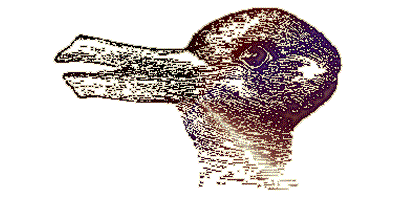OPTICAL ILLUSIONS
The term “illusion” is often associated with magic effects that take place on the stage. And that’s because so many performances are, in fact, illusions, where the audience sees something seemingly impossible. Paul Harris refers to magic as “The Art of Astonishment” and that is most certainly the goal of every magician. We want our audiences to react with wonder, amazement, and the inability to reconstruct the miracle they just beheld.
As brilliant as the human mind is, it can be deceived with methods that incredibly inventive men and women have applied to effects over the years. The list of names of these remarkable thinkers is long, but to the less informed I urge you to start by seeking out a couple of books by Jim Steinmeyer.
Psychologists have done extensive studies of how readily our eyes can be deceived. I’m not speaking specifically of misdirection, but rather how optical illusions “force” us to see things differently. And if you are interested in the neuroscience behind all kinds of illusions related to magic, I urge you to explore Sleights of Mind by Stephen L Macknik and Susana Martinez-Conde. This book is a goldmine of information about not only how magic works, but why.
I present these examples simply to make the point that here in the 21st century we have at our disposal a variety of tools and technologies that we can tap into as we develop our effects (whether they be close-up or for larger venues). Mentalists are particularly adept at capitalizing on so-called “mind hacks” and I urge all of us to study the works of performers and authors in many fields to jump start thinking about our magical practices.


Do You See a Rabbit or a Duck?

Do You See a Face
or a Landscape?